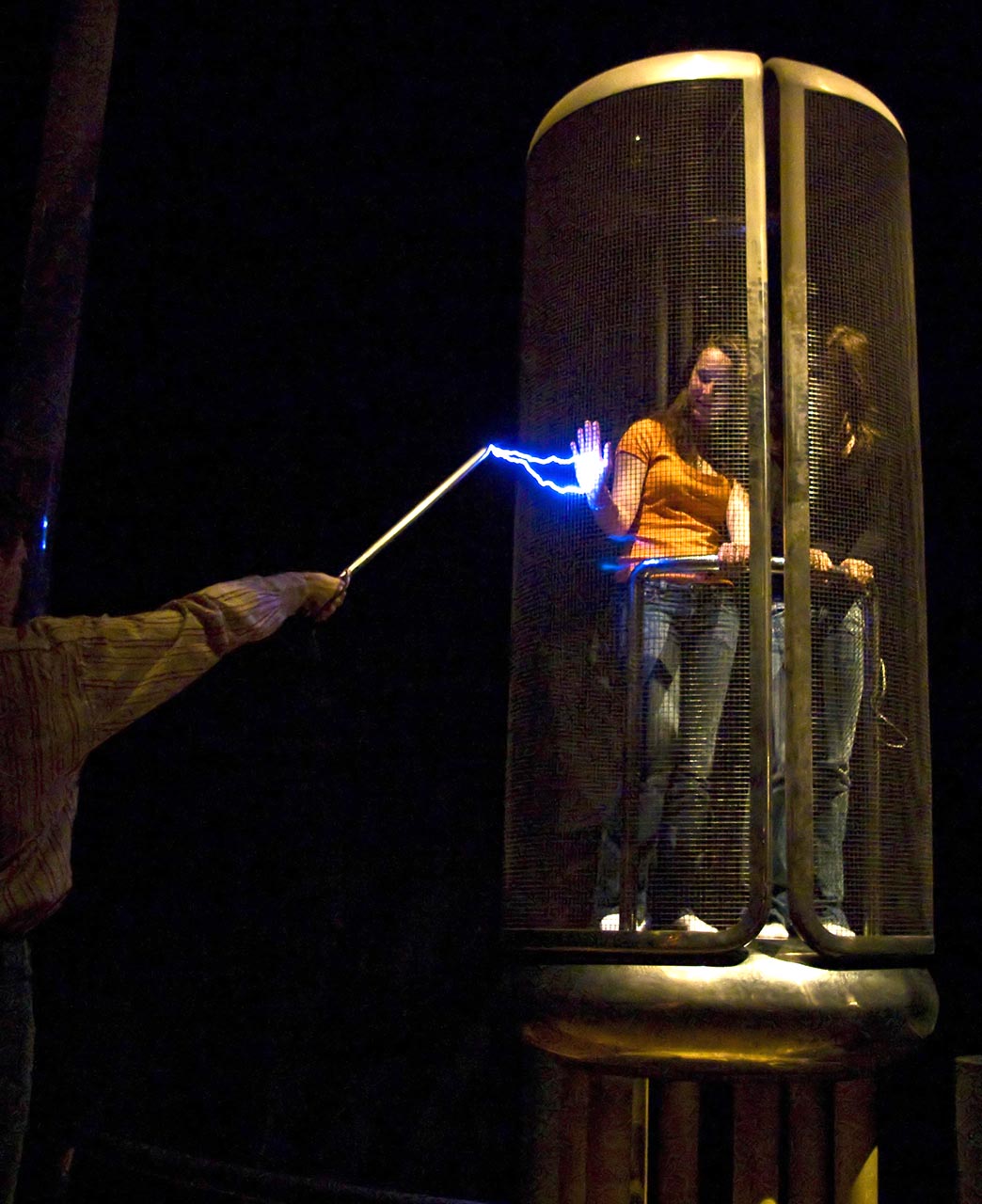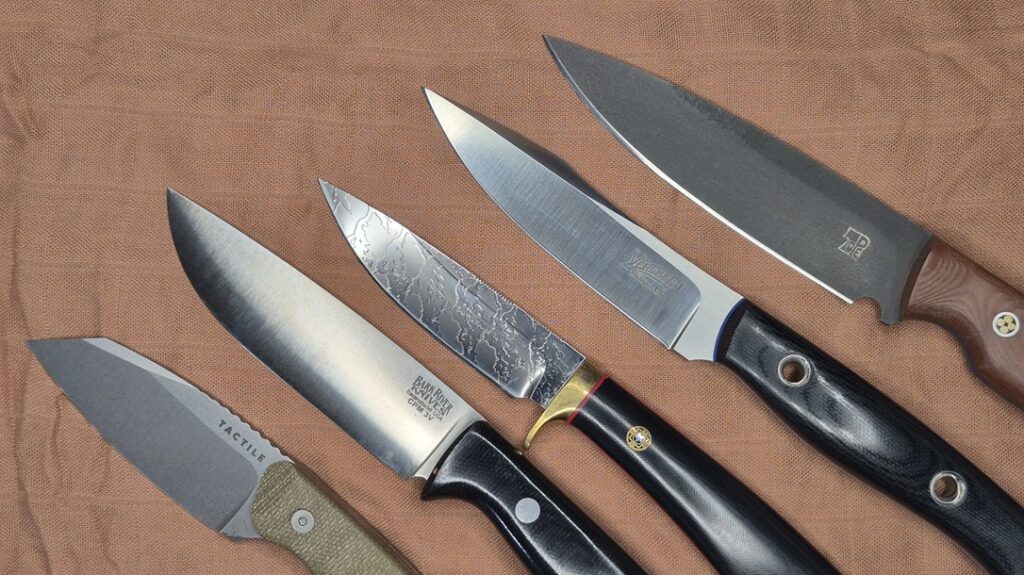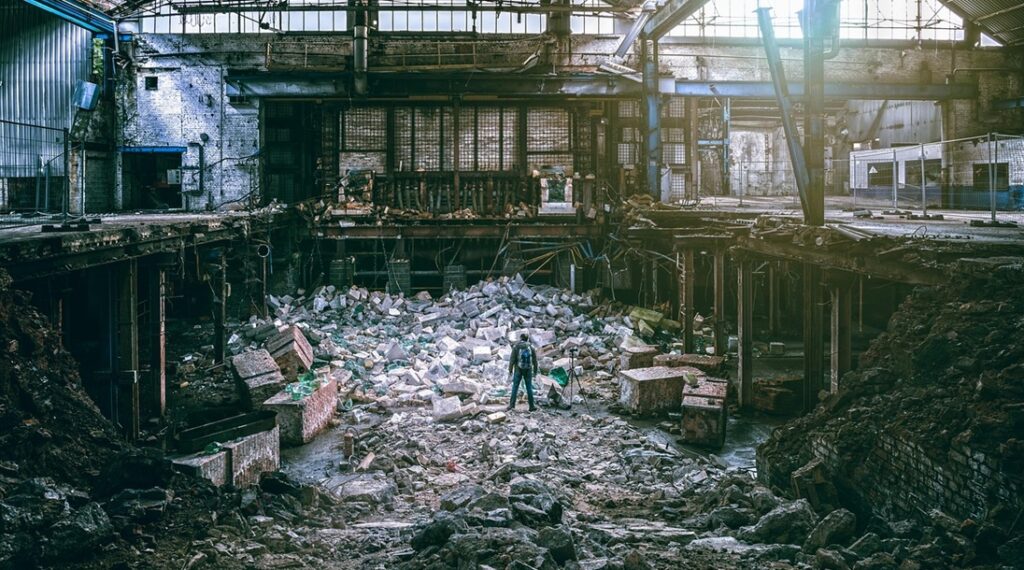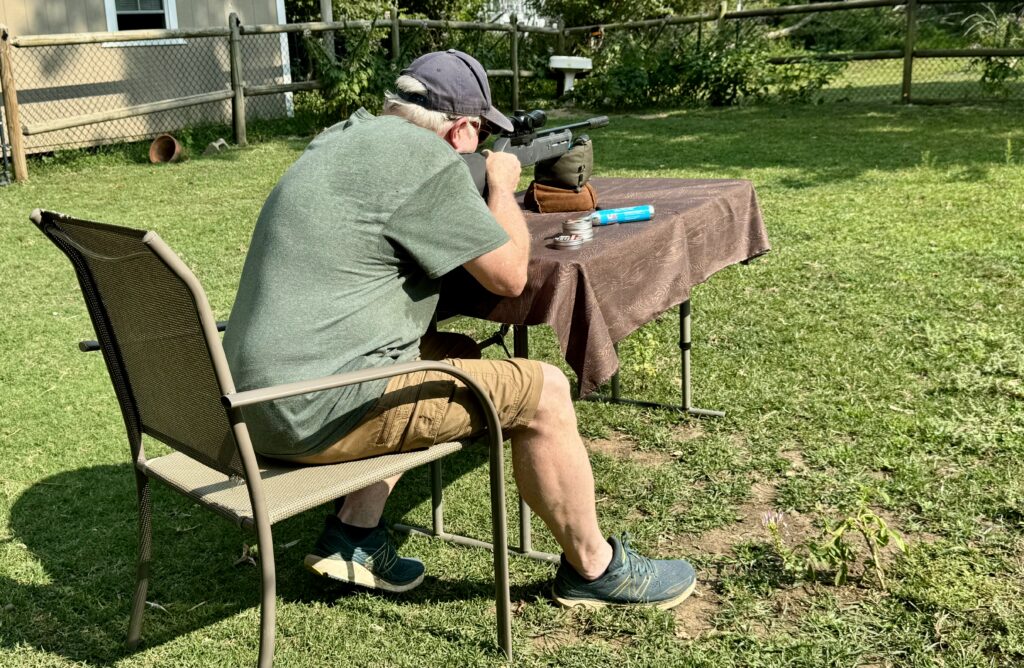Assembling a DIY Faraday Cage is a fairly popular topic in the prepper world. The goal is to protect electronics gear from damage due to an EMP (electromagnetic pulse) or CME (coronal mass ejection). While the odds of that sort of event occurring may be remote, they aren’t impossible.
Way back in 1859, the Carrington Event was the result of an intense CME. Without getting too deep into the weeds, suffice it to say that telegraph systems around the world failed, with some of them throwing sparks and even causing fires. For more information, read more about the Carrington Event.
A Faraday Cage is a way to protect your equipment from events like that, whether natural or manmade.
Advertisement — Continue Reading Below
How Does a Faraday Cage Work?
Essentially, the Faraday Cage has a conductive exterior and a non-conductive interior. The charge from an EMP remains on the outside of the container. It’s like a shield that keeps the charge from getting to the contents inside.
How To Build a Faraday Cage
While there are a number of purpose-built products on the market today, from bags to boxes and more, you can build a Faraday Cage at home with easy-to-source components.
The simplest and easiest to construct uses a galvanized metal trash can. These come in a range of sizes. Keep storage space in mind as you select one. The interior needs to be large enough for you to fit what you want inside with no part of any item touching the sides. Another suitable container could be one of those ubiquitous popcorn tins that are so popular during the holidays.
Advertisement — Continue Reading Below

Using a razor knife, cut a piece of corrugated cardboard to fit on the bottom of the can as snugly as possible. Then, line the sides with cardboard as well. Cover all seams securely with tape. Do not use foil or metal tape for this.
Next, cut one or two blocks of wood for the bottom. This isn’t absolutely necessary, but it provides a secondary layer of protection. A couple of pieces of 2×4 will suffice. Keep them short enough that they don’t touch the sides of the can. The idea is simply to help insulate your electronics from the bottom of the can.
Advertisement — Continue Reading Below
Pick up a plastic bucket at the nearest dollar store. It should be small enough to fit fully inside the trash can without touching the sides. Place your electronics into a reusable ziplock plastic bag, then put that into the bucket. Put the bucket on top of the wood blocks inside the can.
Put the lid on the can, pushing it down securely. Cover the seam between lid and can with metal tape. It might take a few overlapping passes to ensure you have a complete seal, with no gaps anywhere.
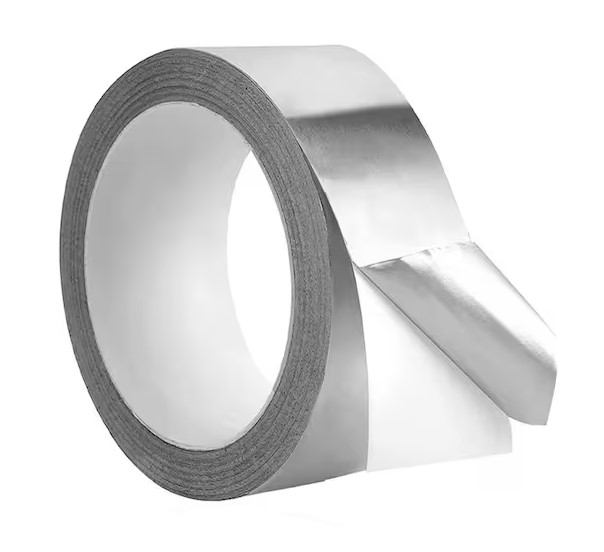
Advertisement — Continue Reading Below
How to Test Your Faraday Cage
There are a couple of ways to ensure you’ve done it all correctly. One test is to use a portable radio. Your emergency radio is a great option for this. Tune it to a station that comes in well and turn the volume high. Seal it up in the Faraday Cage. It should lose the radio signal entirely. Another test is to seal your cell phone inside and then try calling and texting it. A well-made Faraday Cage won’t allow the signal to get to the phone.
Yes, you’ll need to reopen the container to get the radio or cell phone out. The Faraday Cage isn’t intended to be a one-and-done proposition. Periodically, you may need to go into your Faraday Cage and add files to the tablet or cell phone, or maybe just add a couple of new pieces of gear to the stash. That’s all perfectly fine, just make sure you reseal the container properly.
What to Store in a Faraday Cage
Many people store things like ham radio transceivers and walkie-talkies in their Faraday Cages. Another popular item is a cell phone or tablet that’s been filled with information, such as books and videos related to survival. While using a cell phone as a communication tool after an EMP isn’t like to work, it can certainly be used for data storage and viewing.
Advertisement — Continue Reading Below
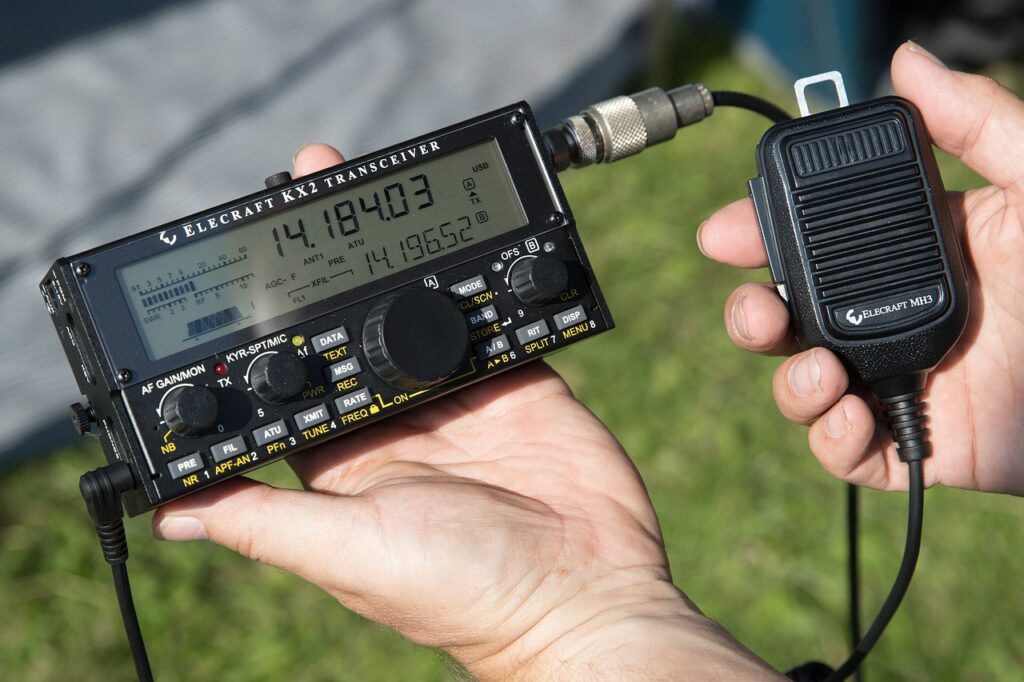
Of course, the use of any electronic devices will be reliant upon a way to power them. That’s something else you’ll need to plan ahead to accomplish.
